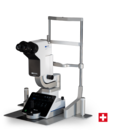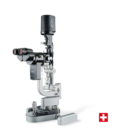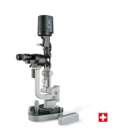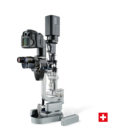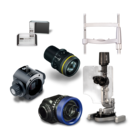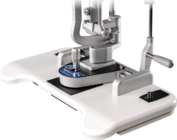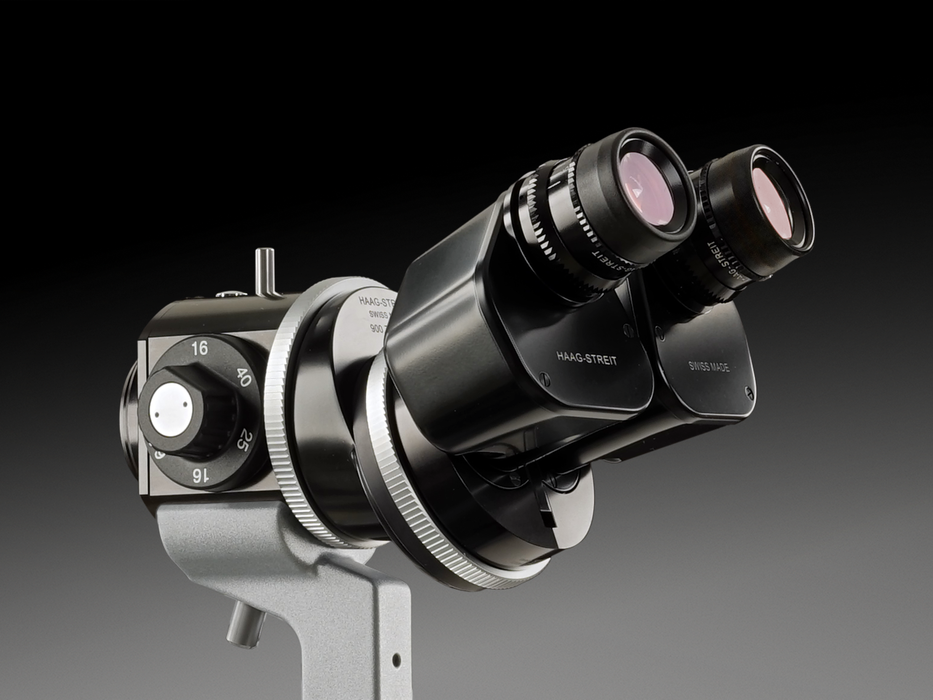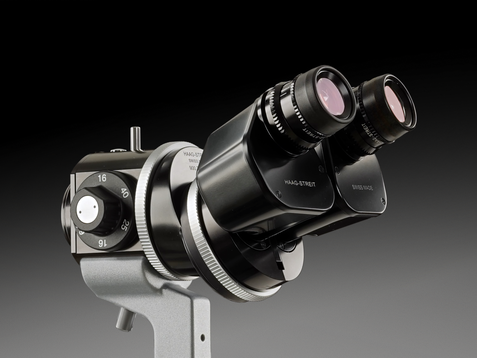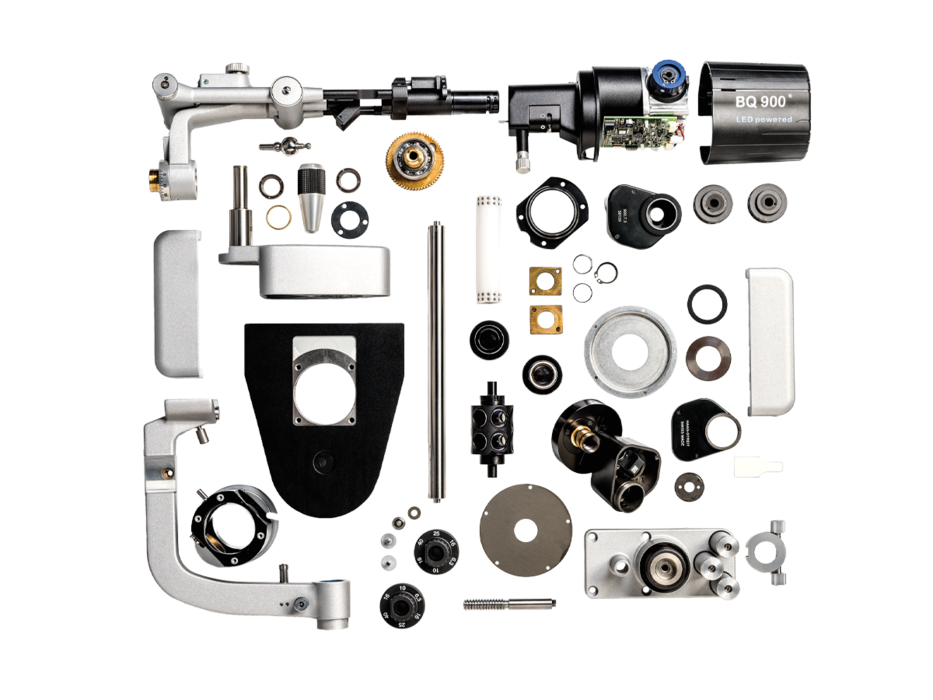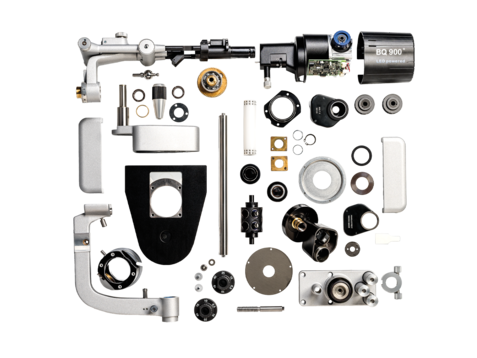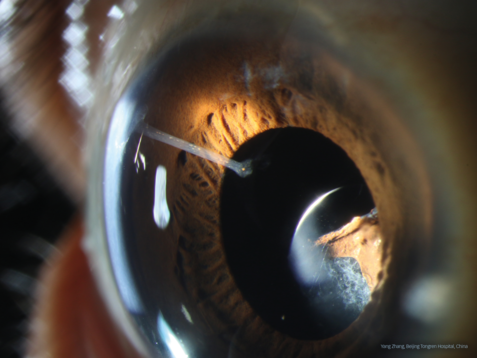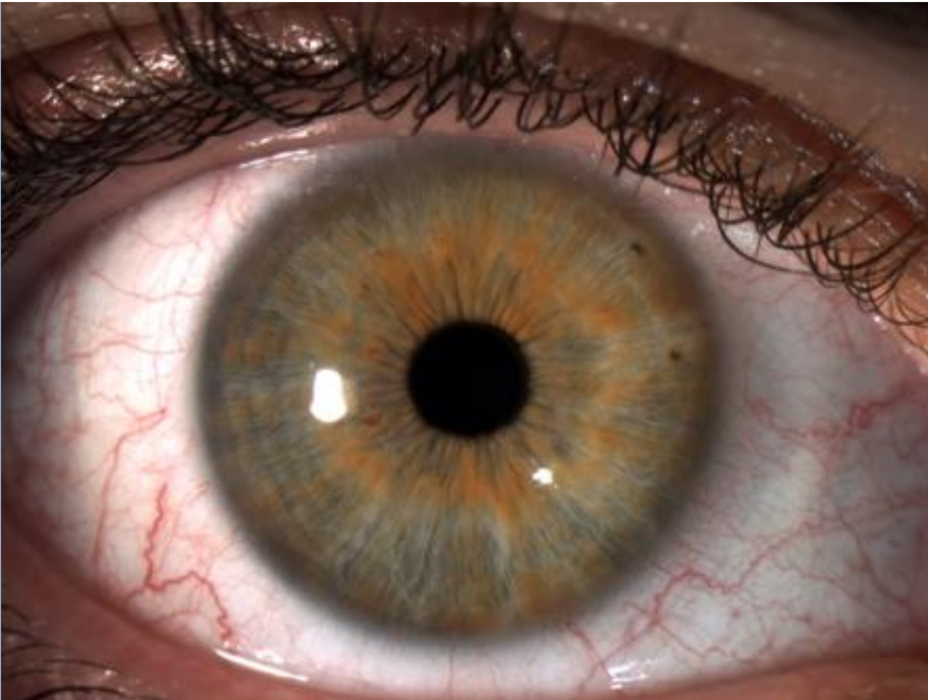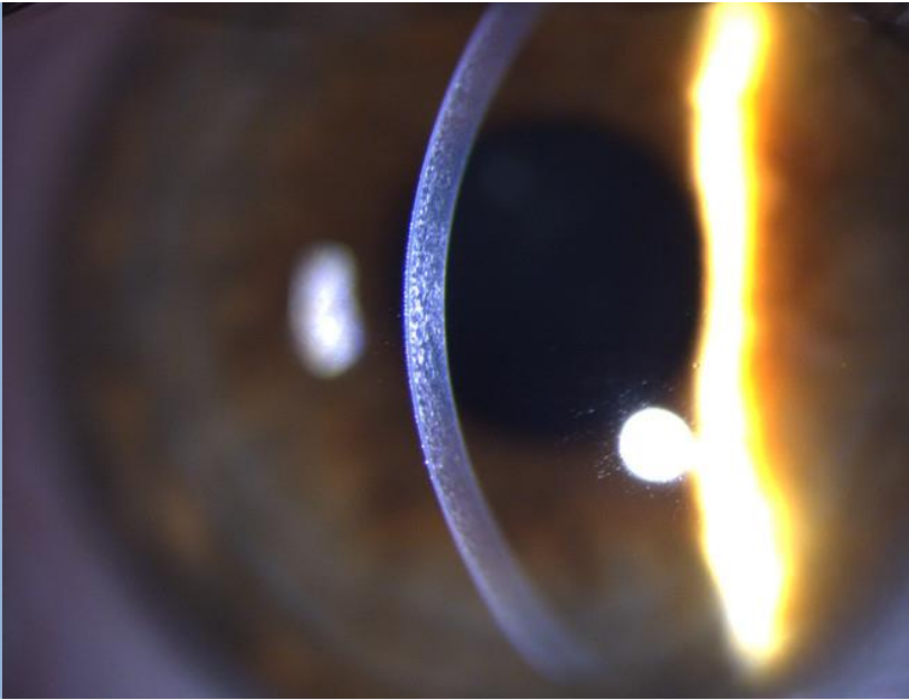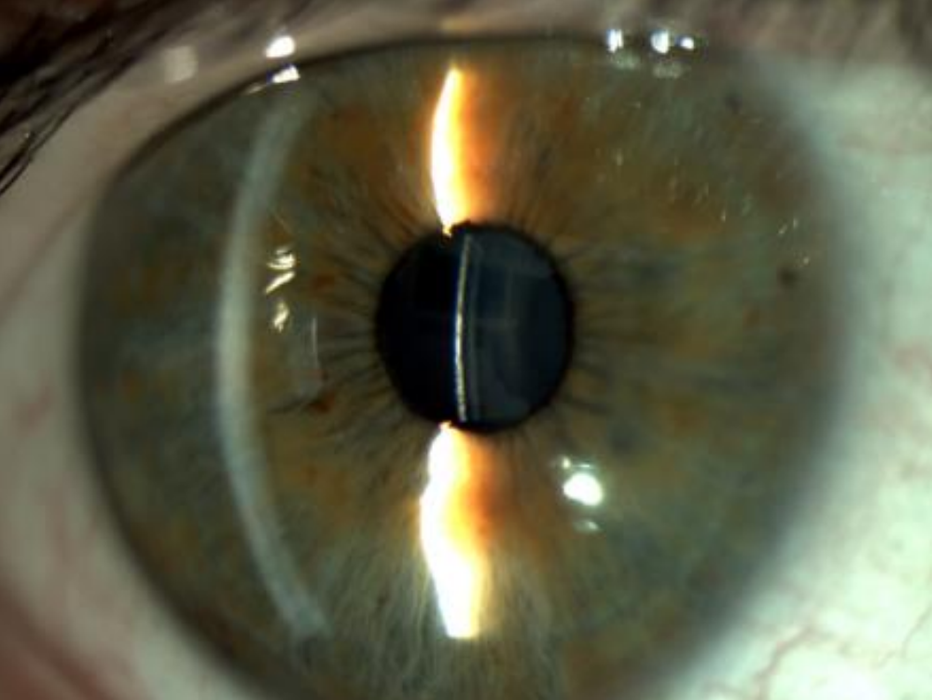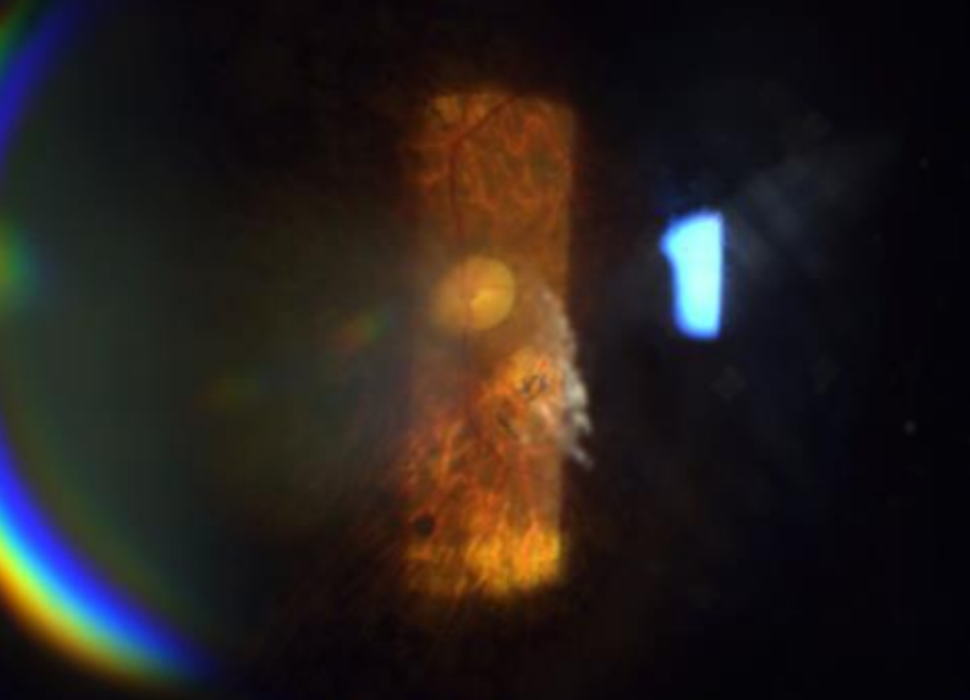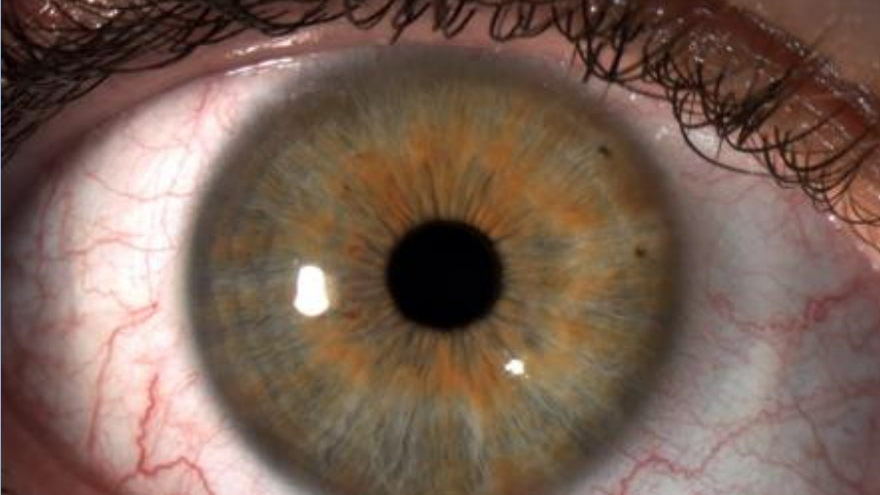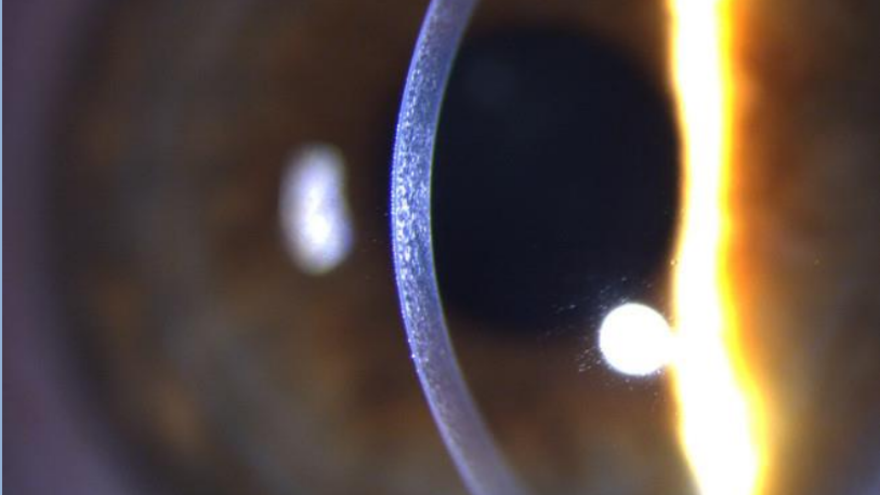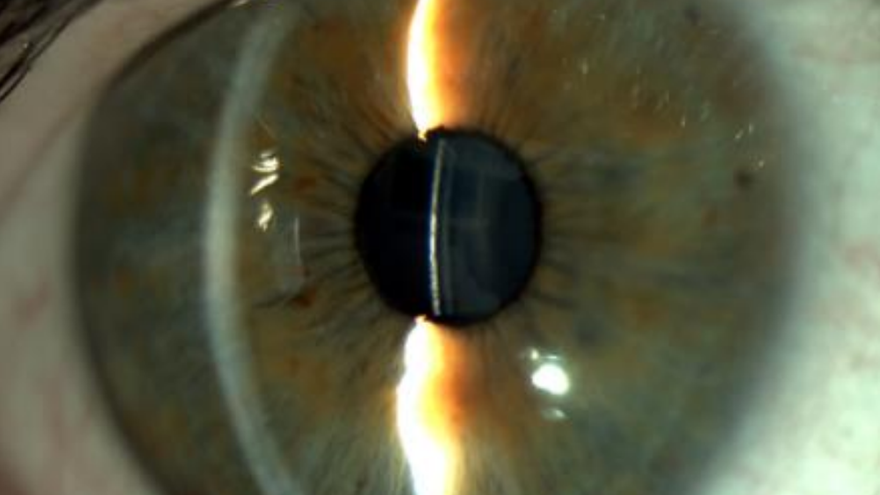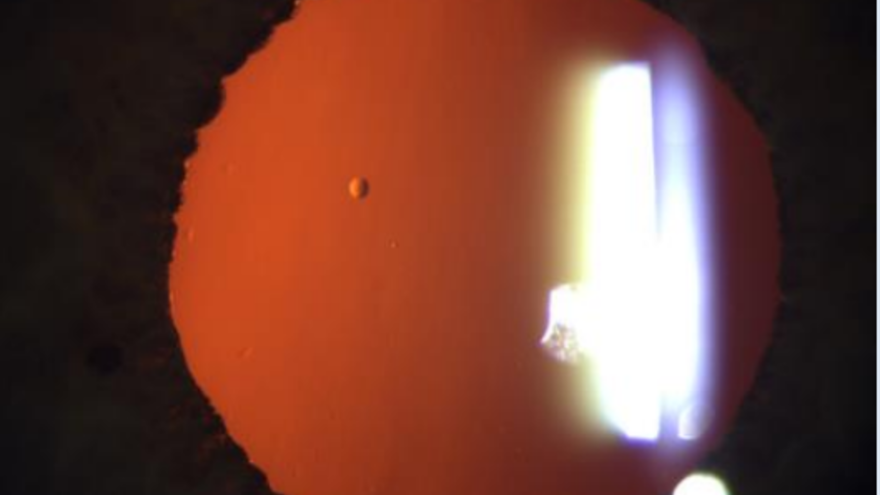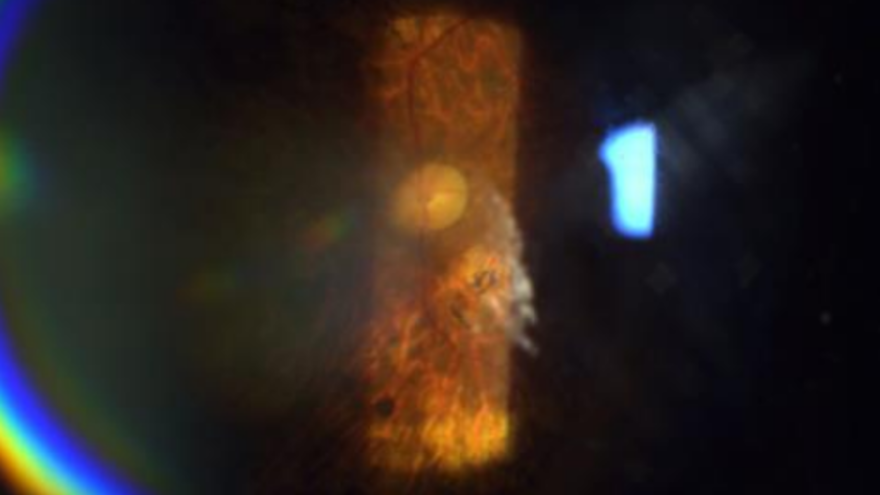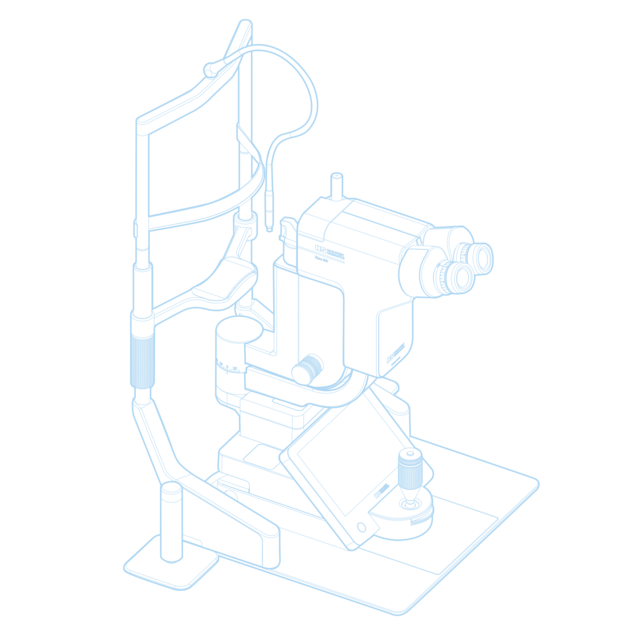
Confidence that lasts
Slit lamps
Perfection in every detail
Haag-Streit slit lamps have earned a legendary reputation for their exceptional performance and remarkable durability for over 90 years. During this lengthy period, we have continuously refined every detail and passionately committed ourselves to manufacturing slit lamps of the highest quality. Our aim is to ensure that no detail escapes your notice with each application.
Compare our products
| Elara 900 | BQ 900 | BP 900 | BI 900 | BM 900 | BX 900 | |
|---|---|---|---|---|---|---|
| Microscope | ||||||
| Galilean microscope | ● | ● | ● | − | − | ● |
| Kepler microscope | − | − | − | ● | ● | − |
| Stereo angle 13° | ● | ● | ● | ● | ● | ● |
| Stereo variator (stereo angle 4.5°) | − | ○ | − | − | − | □ |
| Inclined eyepiece | ● | ○ | − | − | − | ○ |
| Yellow filter | ● | ○ | ○ | ● | − | ○ |
| Second observer tube | − | ○ | − | − | − | □ |
| Beam splitter | ● | ○ | − | − | − | □ |
| Magnification (Std. Eyepieces) | ||||||
| 6.3 × | ● | ● | − | − | − | ● |
| 10 × | ● | ● | ● | ● | ● | ● |
| 16 × | ● | ● | ● | ● | ● | ● |
| 25 × | ● | ● | ● | − | − | ● |
| 40 × | ● | ● | − | − | − | ● |
| Illumination | ||||||
| LED | − | ● | ● | ● | ● | ● |
| RGB-LED (P-Type) | ● | − | − | − | − | − |
| Presets | ● | − | − | − | − | − |
| Infrared (Availability may vary by region) | ● | − | − | − | − | − |
| Background | ● | ○ | ○ | ○ | − | ● |
| Tilt | − | ● | ● | ● | ● | ● |
| Defocusing | − | ● | ● | ● | ● | ● |
| Short illumination mirror | − | ○ | ○ | ○ | ○ | ○ |
| Filter | ||||||
| Gray | ● | ● | ● | ● | ● | ● |
| Red-free | ● | ● | ● | ● | ● | ● |
| Blue | ● | ● | ● | ● | ● | ● |
| Slit | ||||||
| Width (continuous) (mm / inch) | 0 - 25 mm / 0 - 0.98 inches | 0 - 14 mm / 0 - 0.55 inches | 0 - 14 mm / 0 - 0.55 inches | 0 - 14 mm / 0 - 0.55 inches | 0 - 8 mm / 0 - 0.315 inches | 0 - 8 mm / 0 - 0.315 inches |
| Length (continuous) (mm / inch) | 0 - 14 mm / 0 - 0.55 inches | 1 - 14 mm / 0.394 - 0.55 inches | 1 - 14 mm / 0.394 - 0.55 inches | 1 - 14 mm / 0.394 - 0.55 inches | 1 - 8 mm / 0.039 - 0.315 inches | 1 - 8 mm / 0.039 - 0.315 inches |
| Test mark fixation star | − | ● | ● | ● | ● | ● |
| Imaging | ||||||
| Integrated imaging (Stereo optional) | ● | − | − | − | − | − |
| IM 910 | − | ○ | − | − | − | − |
| IM 600 | − | ○ | ○ | − | − | − |
| Imaging Set BI 900 | − | − | − | ○ | − | − |
| DSLR camera connector | − | − | − | − | − | ● |
| Integrated flash (slit and background) | − | − | − | − | − | ● |
| Control elements | ||||||
| Mechanical | ● | ● | ● | ● | ● | ● |
| Color touch display | ● | − | − | − | − | − |
| Tonometry | ||||||
| AT 900 mod. BQ | − | ○ | ○ | − | − | □ |
| AT 900 mod. R | ○ | − | − | ○ | ○ | − |
| AT 900 mod. T | − | ○ | ○ | ○ | ○ | − |
| Dimensions | ||||||
| Weight (kg / lbs) | 15.2 kg / 33.51 lbs | 12.7 kg / 20.28 lbs | 12.3 kg / 27.11 lbs | 12 kg / 26.45 lbs | 11.4 kg / 25.13 lbs | 14.8 kg / 32.63 lbs |
| Dimensions L x W x H (mm / inch) | 560 mm × 401 mm × 330 mm / 22 x 15.8 x 13 inches | 305 x 332 x 700 mm / 12 x 13 x 27.56 inches | 305 x 332 x 700 mm/ 12 x 13 x 27.56 inches | 310 x 332 x 700 mm / 12.2 x 13 x 27.56 inches | 290 x 332 xx 700 mm / 11.42 x 13 x 27.56 inches | 370 x 332 x 800 mm / 14.57 x 13 x 31.5 inches |
● standard | ○ optional | − not available | □ not recommended
